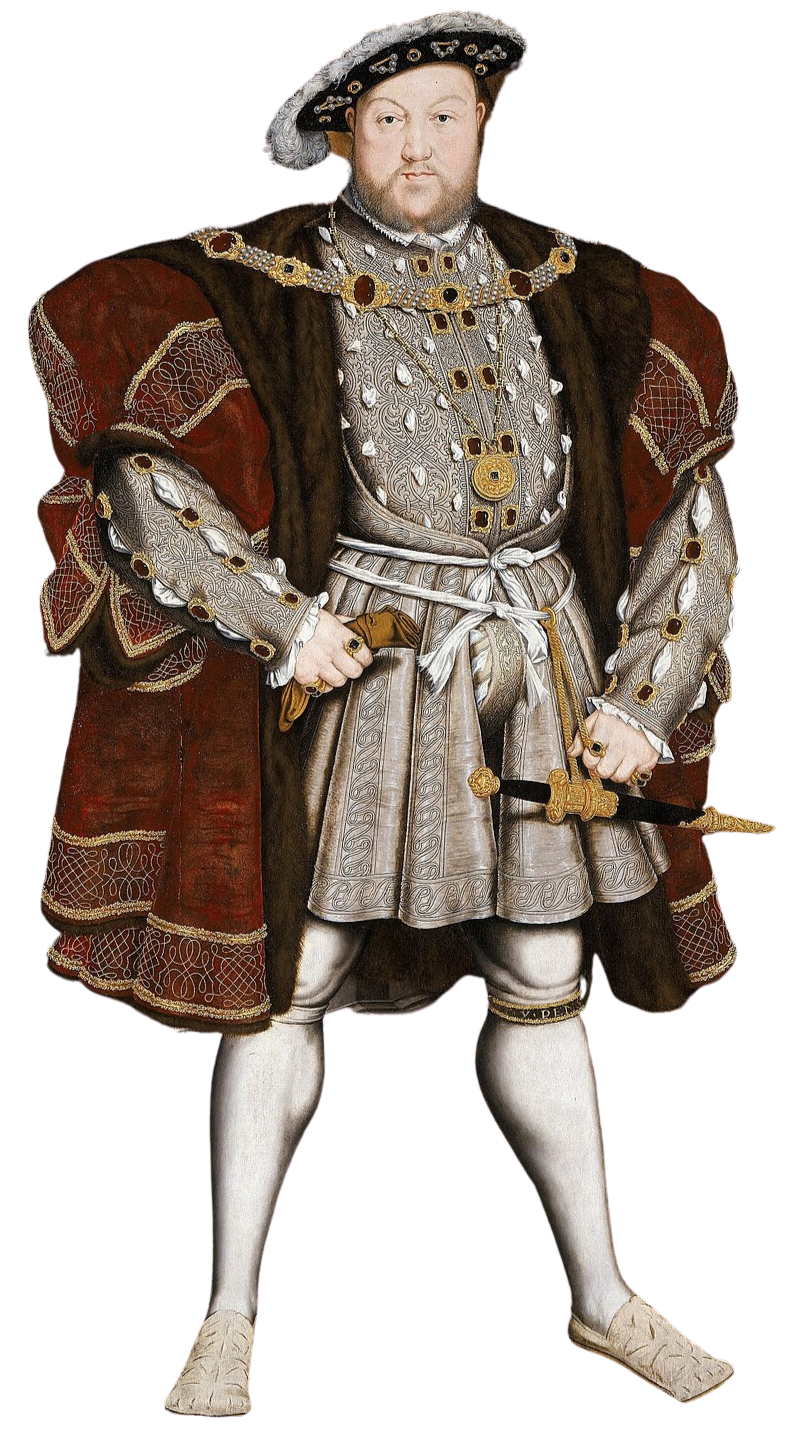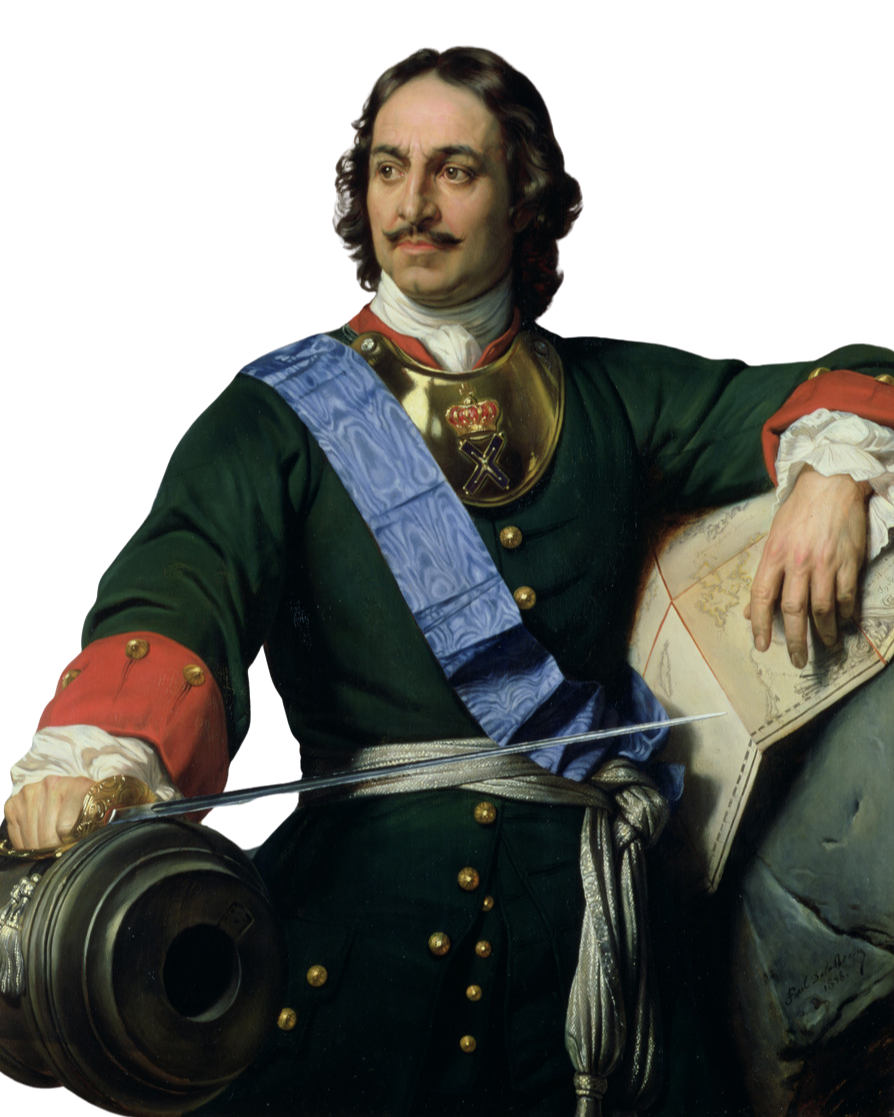Peter the Great
Peter the Great?
Peter the Great of Russia (1672–1725) was a bold and ambitious ruler who dragged his country into the Age of Absolutism and onto the European stage. Towering at over six and a half feet tall, Peter had a larger-than-life personality that matched his vision for Russia. Determined to modernize his nation, he traveled through Western Europe in disguise to learn about shipbuilding, industry, and culture, then brought those ideas back home. He centralized his authority, weakened the traditional power of the nobles, and even forced Russians to adopt European-style clothing and manners. His most famous project was the creation of St. Petersburg, a dazzling new capital city built on swampland, which he called Russia’s “window to the West.”
Peter’s rule was strict, sometimes harsh, and very much in line with absolutism. He built a powerful army and navy, expanded Russia’s territory, and demanded absolute loyalty from his subjects. Though many resisted his rapid changes, Peter crushed opposition and pushed forward with his reforms, determined to make Russia a major European power. By the time of his death, he had transformed his once-isolated country into a centralized empire with a stronger government, military, and cultural identity. Like other absolute monarchs, Peter the Great ruled with total authority, and his reign left a lasting mark on Russia’s history.






